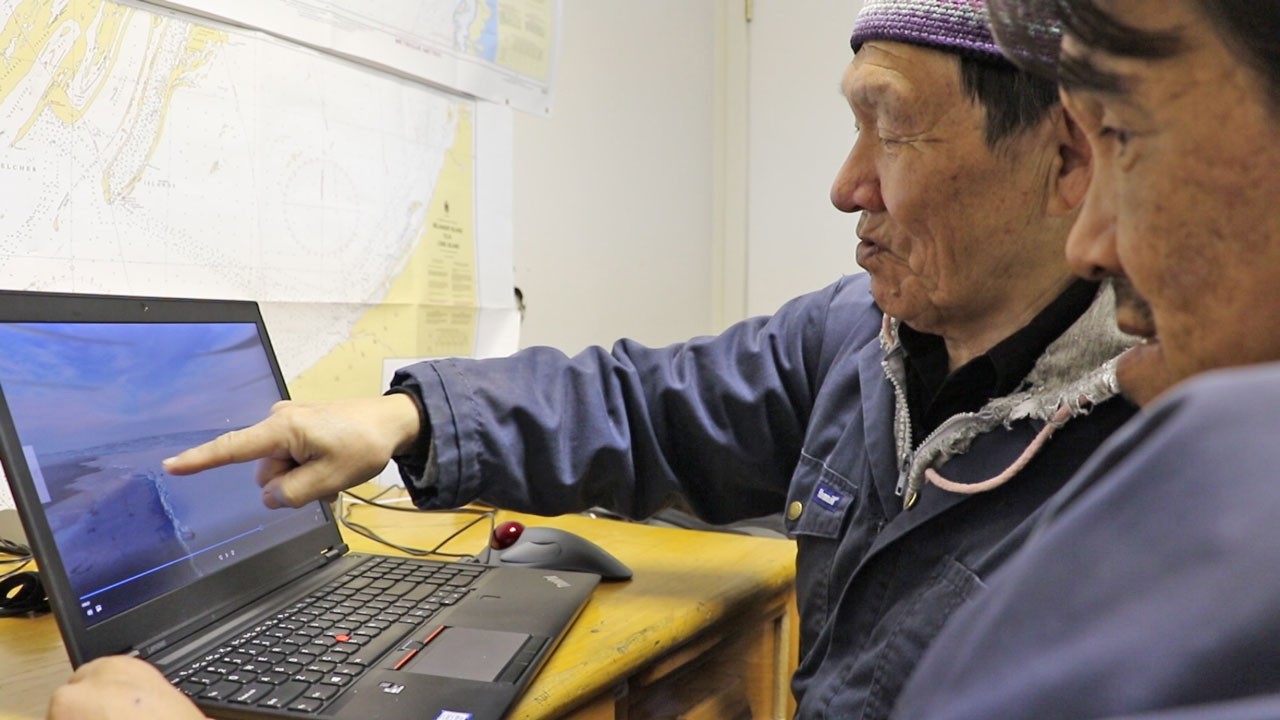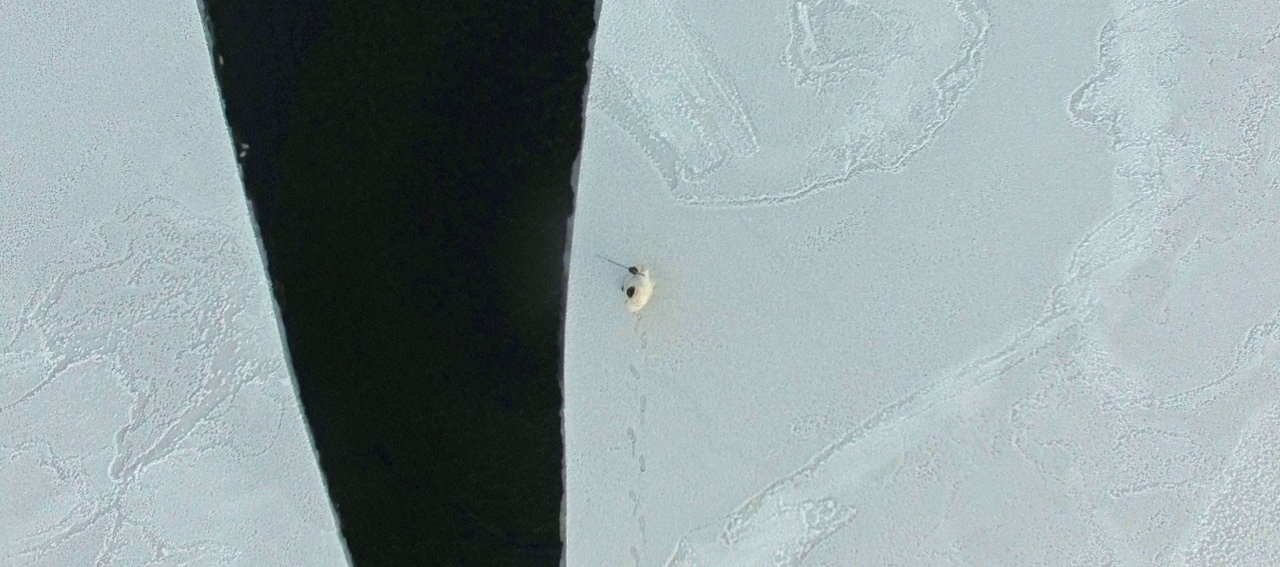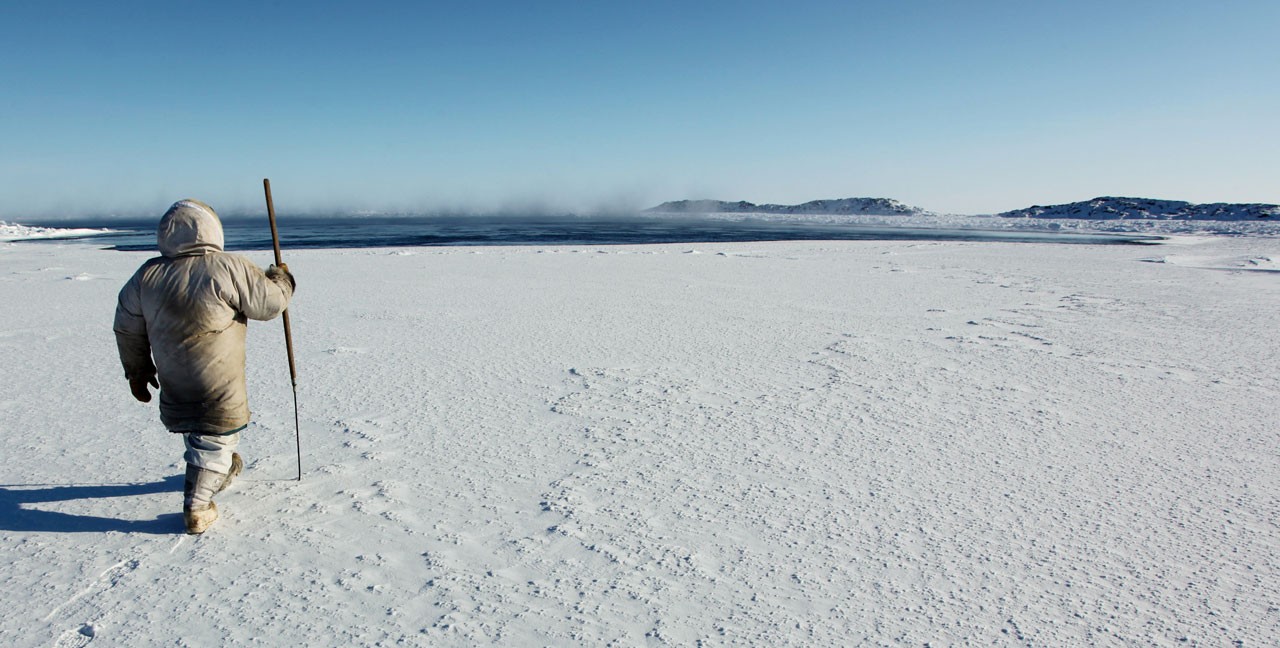The AES is a registered Canadian charity working with Inuit and Cree communities to address issues of food security, safety and environmental stewardship for sea ice and marine ecosystems.
AES won their Google Impact Challenge prize for SIKU (pronounced: see-coo), their new online social media and mapping platform that will harness social media, wiki and digital mapping technologies to address these challenges.
NASA reports that Arctic sea ice is declining at over 13 per cent per decade. Siku, the Inuktitut word for sea ice, is integral to the way of life of tens of thousands of Inuit living along Hudson Bay and Canada’s Arctic coastline.
The SIKU platform will provide a set of open-source tools to help Inuit communities map changing sea ice, and build a living archive of Inuit knowledge to help inform decision-making for stewardship and sustainable development.
Warbanski sat down to discuss her career, the impact of the prize will have for the SIKU platform and how Concordia helped her become a key team player at AES.
What do you hope to achieve with SIKU?
Misha Warbanski: “We are currently working with Hudson Bay and James Bay communities to address local priorities and to share what’s happening in each other’s communities. We’ll be working to expand SIKU across the Arctic.
People — from students to elders and hunters — contribute their knowledge, and we hope that every single animal species and type of sea ice will have its own profile.”


 Misha Warbanski is the Arctic Eider Society’s logistics and administrative coordinator. She says the small group shares many responsibilities. “It’s a team effort and we all pitch in wherever we can.” | Photo: AES
Misha Warbanski is the Arctic Eider Society’s logistics and administrative coordinator. She says the small group shares many responsibilities. “It’s a team effort and we all pitch in wherever we can.” | Photo: AES
 Sanikiluaq elder Jimmy Iqaluq describes a frozen seascape captured by an aerial drone.
Sanikiluaq elder Jimmy Iqaluq describes a frozen seascape captured by an aerial drone.
 Integrating the latest video technology, aerial drones provide a unique perspective on sea scares. In this picture, a young hunter stands at the edge of the floe edge. | Photo: AES
Integrating the latest video technology, aerial drones provide a unique perspective on sea scares. In this picture, a young hunter stands at the edge of the floe edge. | Photo: AES
 An Inuit hunter uses a harpoon to test the ice. | Photo: AES
An Inuit hunter uses a harpoon to test the ice. | Photo: AES